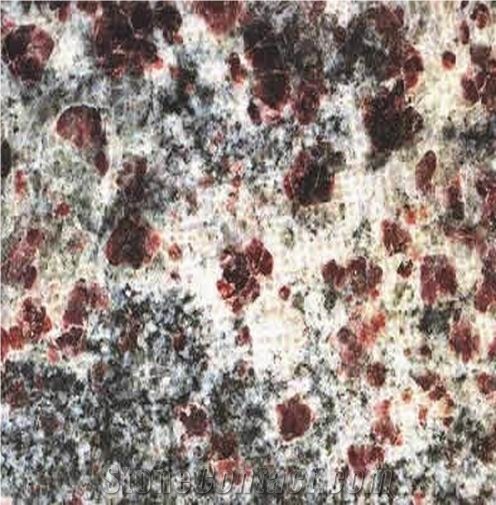Should backsplash be lighter or darker than countertop?
The choice between a lighter or darker backsplash in comparison to the countertop depends on personal preference and the overall design aesthetic you are trying to achieve. Here are a few considerations to help you decide:
1. Contrast: If you want to create a stark contrast between the backsplash and countertop, opt for a darker backsplash against a lighter countertop or vice versa. This can add visual interest and make each element stand out.
2. Cohesion: For a more cohesive and seamless look, choose a backsplash color that is similar or complementary to the countertop. This approach creates a unified and harmonious design.
3. Size and Lighting: The size of your kitchen and the amount of natural light it receives can also influence the decision. In smaller or darker kitchens, a lighter backsplash can help create an illusion of space and add brightness. Conversely, a darker backsplash can bring warmth and depth to a large or well-lit kitchen.
4. Focal Point: If you want the countertop or the backsplash to be the focal point of the kitchen, select a color that stands out more. For example, if you have a bold or patterned countertop, a lighter, more neutral backsplash can help highlight its beauty.
Ultimately, there is no right or wrong answer. Consider your personal taste, the overall style of your kitchen, and any specific features you want to emphasize when deciding whether to choose a lighter or darker backsplash in comparison to your countertop.
The choice between a lighter or darker backsplash in comparison to the countertop depends on personal preference and the overall design aesthetic you are trying to achieve. Here are a few considerations to help you decide:
1. Contrast: If you want to create a stark contrast between the backsplash and countertop, opt for a darker backsplash against a lighter countertop or vice versa. This can add visual interest and make each element stand out.
2. Cohesion: For a more cohesive and seamless look, choose a backsplash color that is similar or complementary to the countertop. This approach creates a unified and harmonious design.
3. Size and Lighting: The size of your kitchen and the amount of natural light it receives can also influence the decision. In smaller or darker kitchens, a lighter backsplash can help create an illusion of space and add brightness. Conversely, a darker backsplash can bring warmth and depth to a large or well-lit kitchen.
4. Focal Point: If you want the countertop or the backsplash to be the focal point of the kitchen, select a color that stands out more. For example, if you have a bold or patterned countertop, a lighter, more neutral backsplash can help highlight its beauty.
Ultimately, there is no right or wrong answer. Consider your personal taste, the overall style of your kitchen, and any specific features you want to emphasize when deciding whether to choose a lighter or darker backsplash in comparison to your countertop.
 Brazil
Brazil




















 Liechtenstein
Liechtenstein